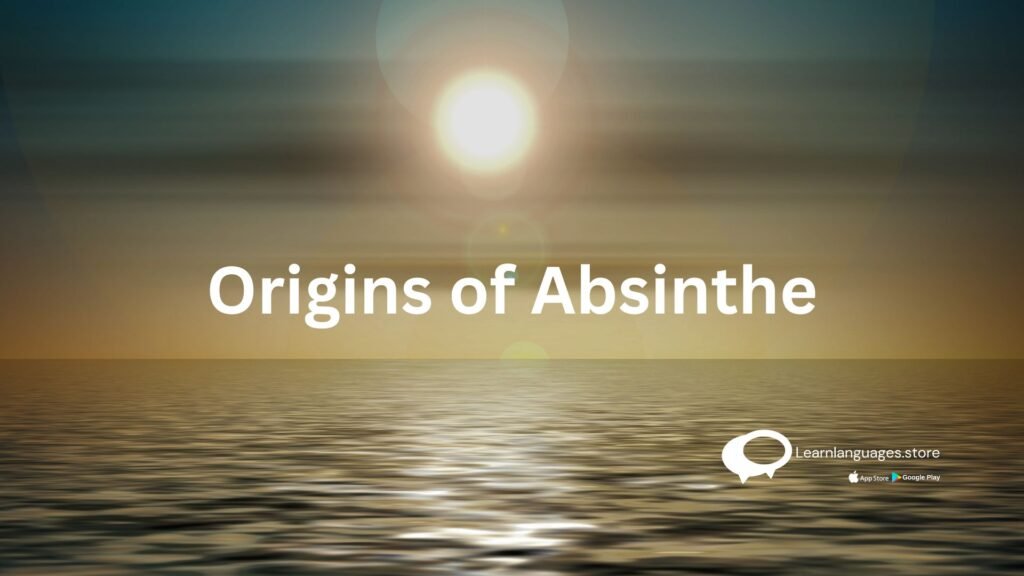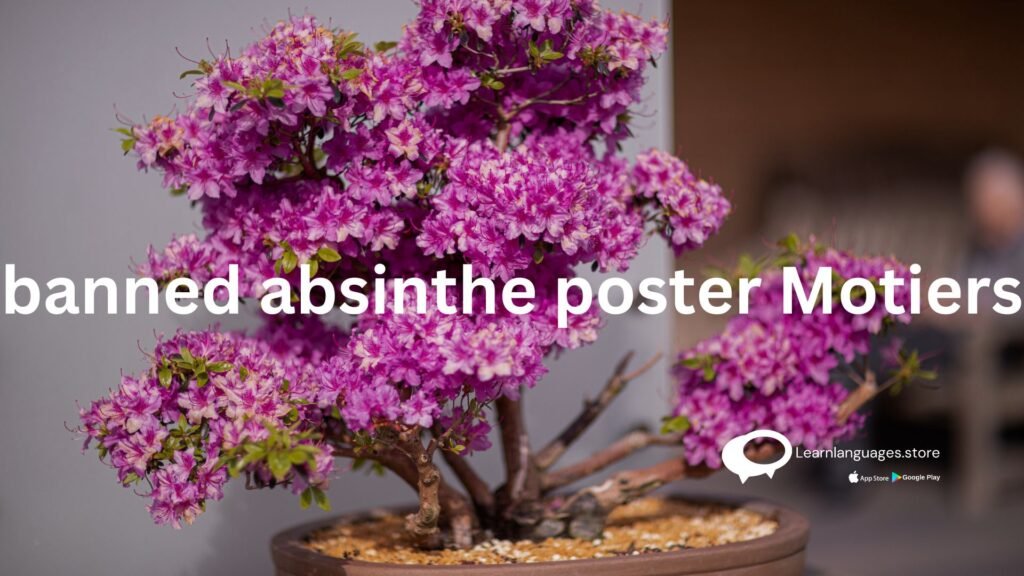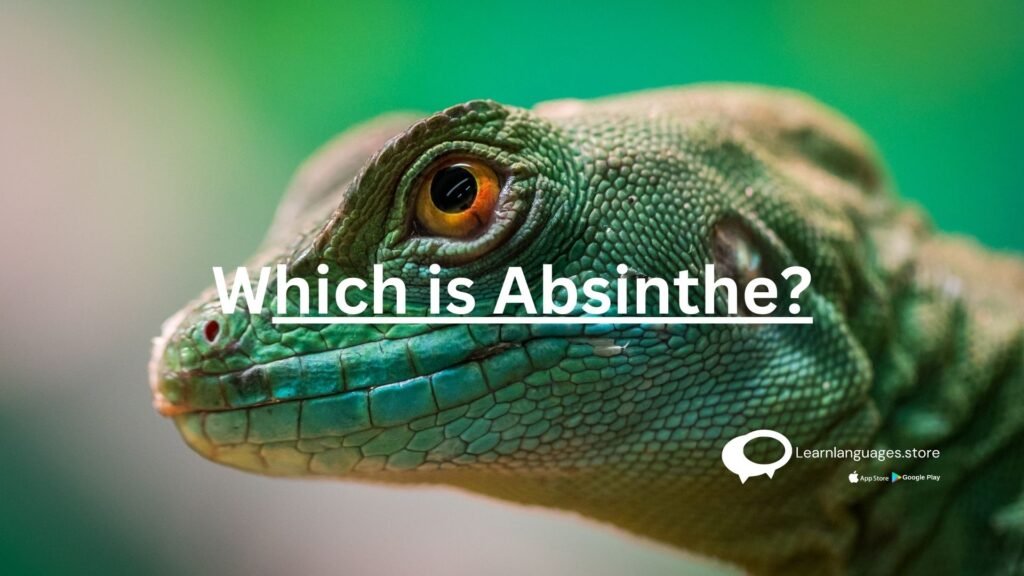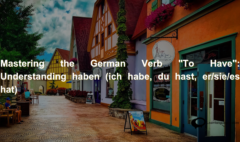Finding Fairyland: The Absinthe Trail in Val-de-Travers, Switzerland
Finding Fairyland: The Absinthe Trail in Val-de-Travers, Switzerland
Absinthe—Green Fairy, Devil in Green Bottle
Estimated reading time: 5 minutes
Absinthe’s history is rich. The very mention conjures up dim-lit Parisian cafes and clientele with little cups of a brilliant green elixir, evoking intrigue and anarchy. Creative art, warped views, and craziness are represented by it. In the early 20th century, it was called la fée verte (the green fairy) or the Devil in the Green Bottle. This indicates absinthe is most misunderstood.

Always romanticized Besides a few blazing shots one wild night in Prague during my studies abroad, I had never tried to drink it properly. It lingered in my consciousness as a 1920s Parisian Belle Époque landmark. The green fairy was associated to the Moulin Rouge can-can and golden age bohemian painters and writers including James Joyce, Van Gogh, Hemingway, Picasso, and Oscar Wilde. Due to these associations, I always thought the spirit came from France.
Origins of Absinthe

Not so, apparently! The French canton of Neuchâtel, in Val-de-Travers, produces absinthe. It was made here from the 18th century to 1910, when it was despised, prohibited, and bootlegged. Switzerland re-legalized in 2005 and has progressively revived it. Val-de-Travers has twenty microdistilleries that export several sorts of absinthe around Europe.
banned absinthe poster Motiers
“Let me be mad, please!
— Oscar Wilde
I didn’t seek absinthe in Switzerland. Instead, I found it by chance. My husband and I discovered we were on the Trail in Val-de-Travers while hiking. Absinthe in Switzerland? This lovely but regimented nation produces the world’s most famous liquor? We were shocked and interested. Instead of drinking beers in Noiraigue after the walk, we took a local train to Môtiers. How better to grasp a spirit than to visit its birthplace?
Train station Motiers, Switzerland
Val-de-Travers: Môtiers & Absinthe Trail
Môtiers & Absinthe Trailva
Môtiers, a small town in the Val-de-Travers valley, is alive but deteriorating. Weathered houses juxtapose with fresh blooms in flower boxes, English ivy climbs the walls, and even though you’re in Switzerland, the town feels French. Center of town lies the Absinthe Museum and Tasting Room, “Maison de l’absinthe.” The three-story museum covers history and manufacture, but we were mainly interested in the sampling.
Trails Val-de-Travers
“After the first glass of absinthe, you see things as you want. You view things differently after the second. Finally, you see reality, which is the worst thing in the world.”
Oscar Wilde
Which is Absinthe?
Distilled absinthe is highly alcoholic. Wormwood blooms and leaves, green anise, fragrant fennel, and other herbs and botanicals make it. Some versions include approximately 75% alcohol, making whiskey’s 40% (80 proof) seem childish. If whiskey grows chest hair, absinthe grows a full beard.

Absinthe The Green Fairy
Can Absinthe Cause Hallucinations?
Despite popular misconception and a 95-year ban, absinthe is not psychoactive. It won’t show you shapes, colors, or the green fairy. Its hallucinatory reputation is due to thujone, a naturally occurring substance in wormwood. Absinthe contains traces of thujone. No matter how much absinthe you drank, thujone-induced delirium is impossible; you would die from alcohol poisoning first. The supposed uplifting and aphrodisiac effects? Alcohol does that. Absinthe’s alcohol concentration, herbal flavor, particular preparation, and criminal reputation make it unique.
Absinthe Preparation
From Maison de l’Absinthe, we learned how to make the drink. Absinthe is strong, thus it must be diluted with ice water slowly dripped into the liquid. “Louching” the absinthe releases essences from anise, fennel, and star anise, bringing out muted flavors and smells. The finished cocktail usually contains 1 part absinthe and 3 parts water, depending on taste and tolerance.
Absinthe Preparation

One thing to avoid? Burn it. Bartenders often burn a liquor-soaked sugar cube on fire and drop it into the absinthe shot. This is a gimmick and a fire danger that degrades absinthe’s flavor. All those intricacies, scents, and sensations vanished with one lighter click. Drop the shot glass and leave the flames.
A drink of absinthe is as poetic as anything. How is absinthe different from a sunset?
— Oscar Wilde
Types of Absinthe
Types of Absinthe
We each tasted three absinthes: two Blanche or Bleue and one Verte. Blanche absinthe is the most popular Swiss absinthe post-ban. This style is my favorite to drink. The 19th-century form of verte absinthe, with its green colour and stronger bitterness, is more alcoholic. Thus, sugar is needed to mask the taste.
Whatever type you choose, this is not college absinthe. Those who appreciate anise or fennel will love it. When correctly louched, the spirit has a herbal, floral smell and taste that is pleasant to sip. Diluted or not, that stuff is potent. Both of us were intoxicated after three little samples. That didn’t stop us (or maybe it encouraged us) from taking a couple bottles home to become refined Europeans and have absinthe before dinner. We can hope.
Fairyland
This section of Val-de-Travers was once called “Pays de Fees” (Fairyland), which wonderfully describes its atmosphere. It may be the water, but you can almost feel Bohemia. It’s a green Switzerland with mossy forests and beautiful brooks. If you look closely after a few absinthe tastings, you may see the fairies.
The Pimsleur Trail
Explore the Absinthe Trail with Pimsleur! Our portable French, Swiss German, and 49 other language classes are easy and portable!
Learn Languages Store
Vashi,
Email: services@learnlanguages.store










